
Executive Editor: Nancy Roberts
Assistant Editor: Megan Manzano
Senior Marketing Manager: Kim Lyons
Credits and acknowledgments for material borrowed from other sources, and reproduced with permission, appear on the appropriate page within the text.
Published by Rowman & Littlefield
An imprint of The Rowman & Littlefield Publishing Group, Inc.
4501 Forbes Boulevard, Suite 200, Lanham, Maryland 20706
www.rowman.com
Unit A, Whitacre Mews, 26-34 Stannary Street, London SE11 4AB, United Kingdom
Copyright 2019 by The Rowman & Littlefield Publishing Group, Inc.
Second edition 2012. Third edition 2015.
All rights reserved . No part of this book may be reproduced in any form or by any electronic or mechanical means, including information storage and retrieval systems, without written permission from the publisher, except by a reviewer who may quote passages in a review.
British Library Cataloguing in Publication Information Available
Library of Congress Cataloging-in-Publication Data
Names: Danesi, Marcel, 1946author.
Title: Popular culture : introductory perspectives / Marcel Danesi.
Description: Fourth Edition. | Lanham : Rowman & Littlefield, [2018] | Revised edition of the authors Popular culture, [2015] | Includes bibliographical references and index.
Identifiers: LCCN 2018014333 (print) | LCCN 2018016510 (ebook) | ISBN 9781538107447 (electronic) | ISBN 9781538107423 (cloth : alk. paper) | ISBN 9781538107430 (pbk. : alk. paper)
Subjects: LCSH: Popular culture.
Classification: LCC HM621 (ebook) | LCC HM621 .D36 2018 (print) | DDC 306dc23
LC record available at https://lccn.loc.gov/2018014333
 The paper used in this publication meets the minimum requirements of American National Standard for Information SciencesPermanence of Paper for Printed Library Materials, ANSI/NISO Z39.48-1992.
The paper used in this publication meets the minimum requirements of American National Standard for Information SciencesPermanence of Paper for Printed Library Materials, ANSI/NISO Z39.48-1992.
Printed in the United States of America
PREFACE
P opular forms of entertainment have always existed. In his Historia , Herodotus (ca. 485425 BCE) wrote about amusing spectacles and songs that he encountered as he traveled the ancient world, commenting that they seemed rather odd to him when compared to those in his native Greek culture. Today, amusing spectacles and popular songs are everywhere, and together with various kinds of television programs, movies, YouTube sites, changing lifestyle trends, fads, and celebrities they make up what is commonly called popular culture , a culture that is everywhere in modern urbanized societies, sustained by electronic media and digital platforms. How did it come about? What is it? Why do we hate to love it and love to hate it? What has happened to high culture? Is it hidden away in the libraries of academies and in music conservatories, being performed or staged for an exclusive group of people?
These are the kinds of questions that have guided the writing of this book. In a world where those who hold the levers of mass media and digital platforms have such great global power, it is little wonder that the study of the relation between the media and popular culture has been flourishing in several disciplines, including psychology, anthropology, sociology, and culture studies. Scholars and intellectuals seek to give ideological, political, or social explanations for the various phenomena of pop culture and to explore the unconscious structures of the psyche that drive their appeal and allure. The purpose of this book is to look at pop culture through the lens of its history, focusing on the relationships between the progressive stages of its delivery and the contents and forms of pop culture itself. Needless to say, the exploration is based on my own subjective interpretations. Therefore, it is bound to leave gaps, venture into the speculative, and be somewhat selective, but I have tried to cast as wide a net as possible in order to offer to the reader the most comprehensive menu of ideas and analyses possible within two covers. The study of pop culture is not a precise science, so my treatment and explanations are open to differing interpretations. Ultimately, the purpose of any such treatment is to stimulate debate and dialogue.
I have tailored this book for the general reader, and especially for students taking beginning courses in cultural studies or in related fields such as semiotics, psychology, mythology, education, literary studies, sociology, cultural anthropology, communication studies, and media analysis. In all of the chapters, I have used a historical framework to introduce the subject matter, leading to various analytical perspectives. To facilitate reading, I have avoided making constant references to the academic literature. Instead, the references section lists the works that have informed my various commentaries, descriptions, and analyses. I have also used a simple writing style and have made absolutely no assumptions about any prior theoretical knowledge on the part of the reader. A convenient glossary of technical terms at the back should help elucidate some more complex subjects.
This is the fourth edition of the book. I had no idea when I wrote it for use in my own classes that it would be adopted by other instructors in universities across North America. I have revised it according to the insightful comments made to me by my colleagues directly or through the publisher. This revision has been extensive in parts, taking into account the rise and dominance of digital media and new contexts for the delivery of pop culture. The first three chapters introduce key theoretical and historical facts and ideas. The remaining chapters discuss the synergy between pop culture, mass communications technologies, and the mass media, along with the role of advertising in the rise and spread of pop culture. I have added an appendix of discussion questions for possible use in any classroom environment or for personal reasons.
I should mention from the very outset that I love many aspects of pop culture, despite how crass it can be in some forms. It is liberating to know that entertainment can be as much a part of everyday life as anything else, including religious rituals and serious art (whatever that is). One does not preclude the other. On the other hand, I also feel that there must be a balance between entertainment and deeper artistic engagement, between distraction and philosophical reflection. It is that balance that will be the target of my concluding remarks.
ACKNOWLEDGMENTS
I thank Elizabeth Swayze of Rowman & Littlefield for suggesting a fourth edition of the book and for all her patience during the rewriting phase. I must also thank the many students I have taught for their feedback and insights. I am particularly grateful to Stacy Costa, Vanessa Compagnone, Mariana Bockarova, and my grandchildren Sarah and Alex De Sousa. Thanks!
WHAT IS POPULAR CULTURE?
The bosses of our mass media, press, radio, film and television, succeed in their aim of taking our minds off disaster.
Ernst Fischer (18991972)
I n 1923, a landmark event occurred, changing American society radically. The event was a Broadway musical, Running Wild , which helped turn a sexually suggestive dance called the Charleston into a craze for the young (and the young at heart) throughout the nation. It was evidence that America had started to yearn for a new, carefree, open, nontraditional form of recreational culture. American societys elders, politicians, and religious institutions, however, condemned the dance as vulgar and crude. In 2002, the movie Chicago (based on a 1975 Broadway musical) skillfully captured these contrasting social moods.
Next page
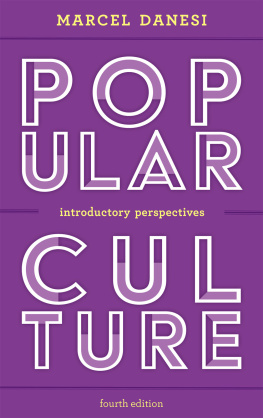



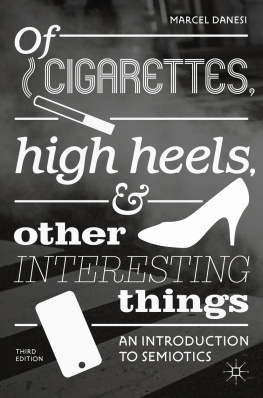


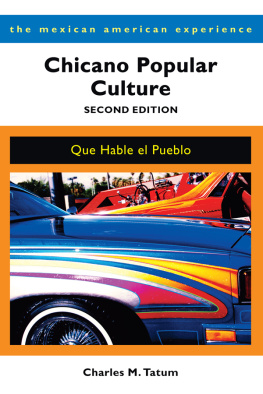
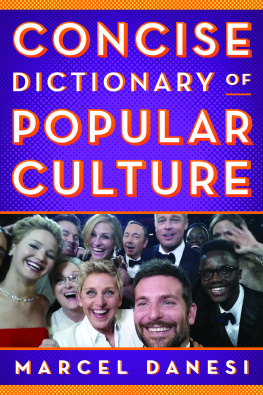

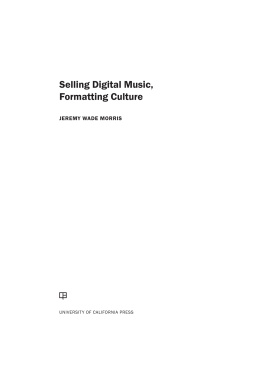

 The paper used in this publication meets the minimum requirements of American National Standard for Information SciencesPermanence of Paper for Printed Library Materials, ANSI/NISO Z39.48-1992.
The paper used in this publication meets the minimum requirements of American National Standard for Information SciencesPermanence of Paper for Printed Library Materials, ANSI/NISO Z39.48-1992.